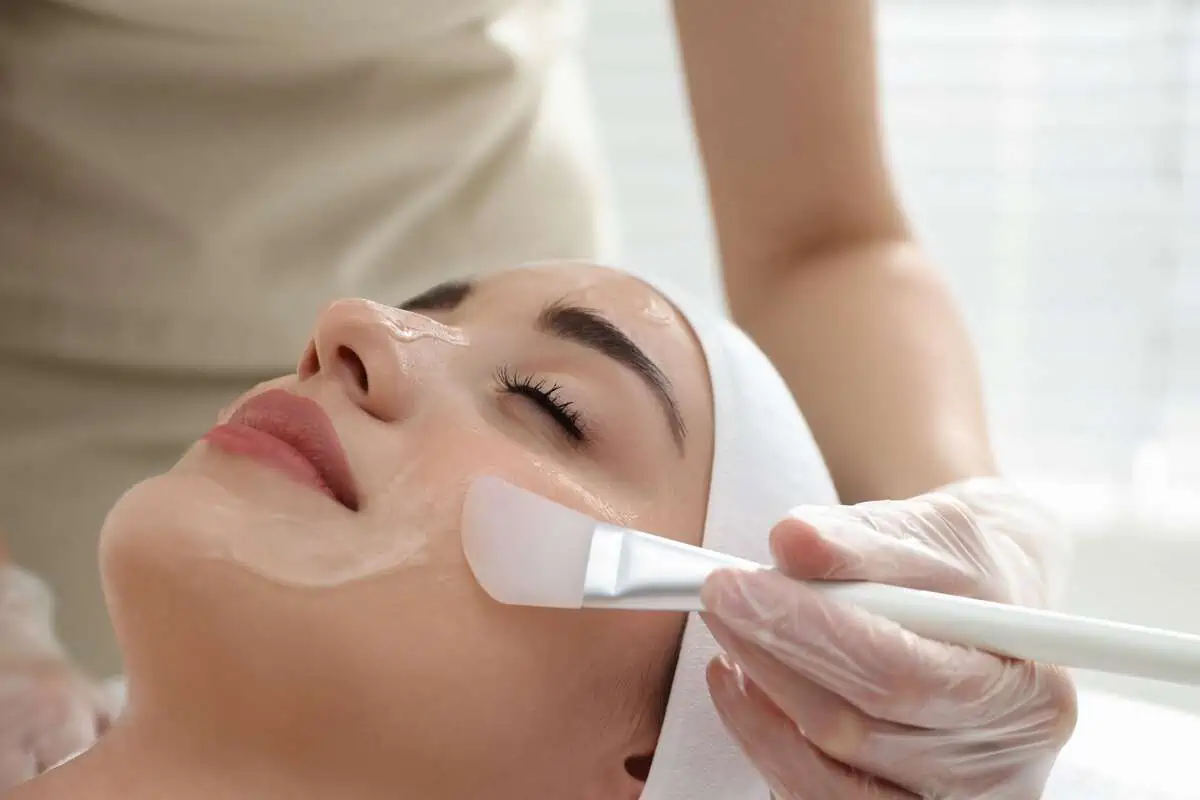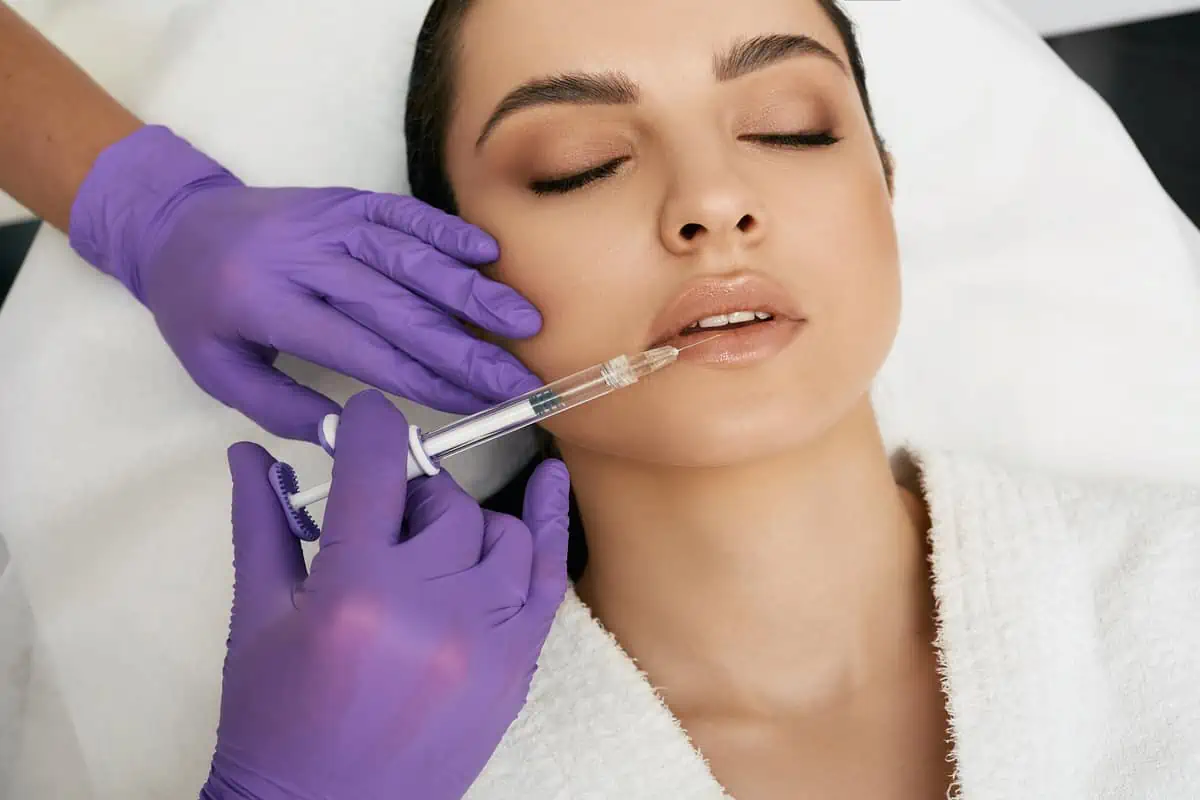As we age, our face begins to lose volume, and this can lead to a sunken, hollow appearance. One way to combat this is using cheek filler, a popular cosmetic treatment that adds volume and contour to the cheeks. But before you undergo this procedure, you should know a few things. This blog will examine everything you need to know about cheek fillers.
What is Cheek Filler?
Cheek filler is a cosmetic treatment that involves injecting a substance, typically hyaluronic acid or calcium hydroxylapatite, into the cheeks to add volume and contour. Hyaluronic acid is a natural substance found in the body that helps keep the skin hydrated and plump, while calcium hydroxylapatite is a synthetic substance that stimulates collagen production. Both substances are safe and effective for use in cosmetic treatments.
Types of Cheek Filler
Several types of cheek filler are available, but the most commonly used are hyaluronic acid and calcium hydroxylapatite. Hyaluronic acid fillers, like Juvederm and Restylane, are temporary and last 6-12 months. Calcium hydroxylapatite fillers, such as Radiesse, last longer, up to 18 months, and stimulate collagen production. Other types of filler, such as Sculptra and fat transfer, are also used for cheek augmentation but are less commonly used.
The Procedure
The procedure for cheek filler is relatively simple and typically takes around 30 minutes to complete. Before the procedure, the provider will clean the area and may apply a topical numbing cream to minimize discomfort. The filler is then injected into the cheeks using a fine needle, and the provider will massage the area to ensure the even distribution of the filler. After the procedure, you may experience swelling and bruising, but this typically resolves within a few days.
Potential Risks and Side Effects
As with any cosmetic treatment, there are potential risks and side effects associated with cheek filler. These include:
- Bruising and swelling: These are the most common side effects and typically resolve within a few days.
- Infection: There is a risk of infection with any injection, but this is rare with cheek filler.
- Allergic reaction: Some people may be allergic to the filler material, but this is also rare.
- Nerve damage: There is a small risk of nerve damage with any injection, but this is extremely rare.
- Lumpiness: If the filler is not distributed evenly, it can create lumps and bumps in the cheeks.
- Migration: In rare cases, the filler can migrate from the injection site and cause asymmetry.
Discussing these potential risks with your provider before undergoing the procedure is essential.
Ideal Candidates for Cheek Filler
Cheek filler is an effective treatment for individuals who want to add volume and contour to their cheeks. Ideal candidates for cheek filler are typically those who are in good overall health and have realistic expectations about the results of the procedure. Cheek filler can benefit individuals with naturally flat or sunken cheeks or those who have lost volume in their cheeks due to aging or weight loss.
Cost of Cheek Filler
The cost of cheek filler varies depending on the type of filler used and the amount needed to achieve the desired results. On average, hyaluronic acid fillers can range from $700 to $1,500 per syringe, while calcium hydroxylapatite fillers can cost between $700 to $1,800 per syringe. The total cost of the procedure will depend on the number of syringes needed to achieve the desired results.
Maintenance of Cheek Filler
Cheek filler is not a permanent solution; the results will gradually fade. Hyaluronic acid fillers typically last 6-12 months, while calcium hydroxylapatite fillers can last up to 18 months. To maintain the results of the procedure, patients may need to schedule touch-up appointments every few months. It’s important to discuss a maintenance plan with your provider to ensure that the results of the procedure are long-lasting.
Combining Cheek Filler with Other Treatments
Cheek filler can be combined with other cosmetic treatments to achieve a more comprehensive rejuvenation of the face. For example, combining cheek filler with botox injections can help reduce wrinkles and fine lines around the eyes and forehead. Combining cheek filler with chin or jawline filler can also help create a more balanced and symmetrical facial appearance. It’s important to discuss your cosmetic goals with your provider to determine which treatments will be most beneficial for you.
Alternatives to Cheek Filler
While cheek filler is an effective treatment for adding volume and contour to the cheeks, alternative treatments can achieve similar results. One alternative treatment is a surgical facelift, which can help to lift and tighten sagging skin on the face and neck. However, a facelift is a more invasive procedure requiring longer recovery and a higher risk of complications.
Another alternative treatment is thread lifting, which involves inserting threads under the skin to lift and tighten the skin. While thread lifting can provide a similar lifting effect to cheek filler, the results are shorter, and the procedure may need to be repeated more frequently.
Additionally, some individuals may use makeup to contour their cheeks and create the illusion of volume. Makeup contouring can be an effective and non-invasive way to enhance the appearance of the cheeks, but it does not provide a permanent solution like cheek filler or other treatments.
Ultimately, the best treatment option depends on your needs and goals. During your consultation, your provider can help you determine which treatment option is best for you based on your anatomy, goals, and budget.
Finding a Reputable Provider
When choosing a cheek filler provider, you must research and choose someone experienced and reputable. Look for a provider who is board-certified in dermatology or plastic surgery and has a good community reputation. You can also ask to see before-and-after photos of their work to get an idea of their skill level.
Conclusion
In conclusion, cheek filler is a safe and effective treatment option for individuals who want to add volume and contour to their cheeks. With proper consultation and treatment planning, patients can achieve natural-looking results that enhance their facial features and boost their self-confidence.
If you’re considering cheek filler, choosing a reputable provider with experience with injectable treatments is essential. At Willow Boutique Med Spa, we offer a range of cosmetic treatments, including cheek filler, tailored to meet each patient’s needs and goals. Our experienced providers use only the highest quality injectable fillers and techniques to ensure natural-looking results that enhance natural beauty.
If you want to learn more about cheek filler or our other cosmetic treatments, contact us today to schedule a consultation. Our team is devoted to helping you achieve your cosmetic goals in a safe, comfortable, and welcoming environment.




